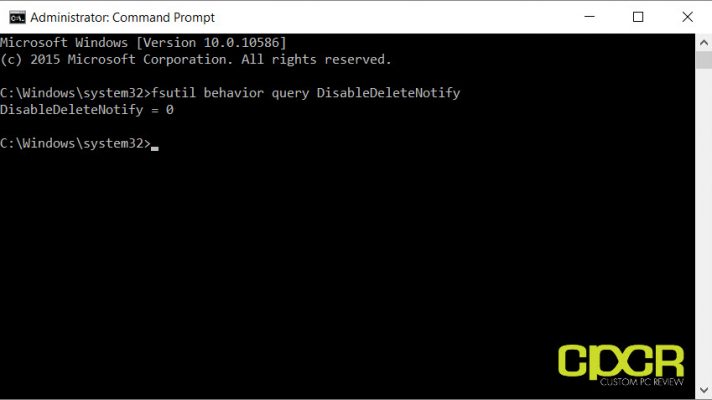
But the read mechanism is still there, still moving around a bunch, and can still benefit from defragging into continuous files.

In a modern computer, with multi-platter drives, and solid state drives, and much larger RAM storage, file fragmentation is an issue that almost doesn't matter. Also, if I'm remembering correctly, try to put things in the center of the disc that are read often, since there's less movement for the read mechanism to travel through that area of data.

Or if there was room on the disc, another optimization might be to put copies of a file used in multiple levels into multiple spots on the disc. Video games on disc-based systems like the PlayStation would also go as far as to group files from one game level together on the disk to make level loads faster. (Exactly like a vinyl record player, with a needle jumping around to different spots.)ĭefragmenting ("defragging") your files moved all the broken-up bits of files into one continuous file, so the read mechanism only had to make a big move once per file. In the days of Windows 3.1 and Windows 95, the fragmentation of files across the physical hard drive would cause noticable slowing as the computer read those files, moving the physical disk reading mechanism from one sector of a disk to another multiple times to read a single file. A single file on your computer is often broken into multiple locations across the hard drive (for reasons).


 0 kommentar(er)
0 kommentar(er)
